
The most disgusting and shocking foods from around the world – would you dare try them?
Still-beating cobra hearts, decayed fish heads, baby mice drowned in alcohol, durian – all these and much more are genuine delicacies in some parts of the world, but absolutely horrific to others. Take a deep breath before reading on...
Every nation and culture has its own speciality food. Some are so delicious they have made their way onto menus and into homes around the world. There are too many to mention and we’re not interested in them here.
Instead, we’re going to look at some more challenging fare. Food that is shocking, foul tasting, smelly and even illegal.
Durian pizza? Five Asian toppings you’ll never see in Italy
Before we start, let’s make one thing clear. The fact that you eat something that others consider disgusting does not make you or them any more or less of a good person. This is not an attack on anyone’s heritage, tradition or culture. It’s about food. Gross food. Food that makes you gag. Food that looks, tastes or smells wrong. Or all three. So before you get outraged about racism, appropriation or stereotyping, remember: one man’s meat is another man’s poison. What one person finds disgusting, another finds yummy.
These taste-bud-defying dishes come in seven categories: alive and kicking; fermented or rotten; mould, mites and maggots; pets and other animals; odd body parts and organs; blood products; and weird vegan food. When you’re ready, read on.
1. Alive and kicking
Oysters and sea urchin are eaten alive, but they don’t move or fight back. For many, the idea of swallowing something that is still trying to escape is frightening. For others it is a culinary challenge and the best way to ensure freshness.

Ikizukuri
Ikizukuri sashimi is all about eating raw seafood. The flesh is sliced from living, moving creatures including fish, shrimp and octopus. The dish is presented so the animal is still moving. This practice is illegal in Germany and Australia.
Odorigui and sannakji
Japanese cuisine also has odorigui (dancing eating), which usually involves octopus or squid. There is a lot more flailing around than ikizukuri, though sometimes the creatures are served dead. Eating moving octopus is known as sannakji in Korea.
Beating snake heart
In Vietnam you can eat a beating cobra heart. You can also drink it in a shot of vodka.

Crawling creepy crawlies
Insects and their larvae are eaten in many parts of the world, with some still wriggling on the plate.
Witchetty grubs are the most famous of Australia’s moving feasts. They are packed with protein and have been described as tasting like fried egg with a nutty hint.
Ants are used as a protein source, flavouring for drinks and even as a zesty salad dressing. Escamoles are the eggs of venomous giant black ants and taste nutty and buttery.
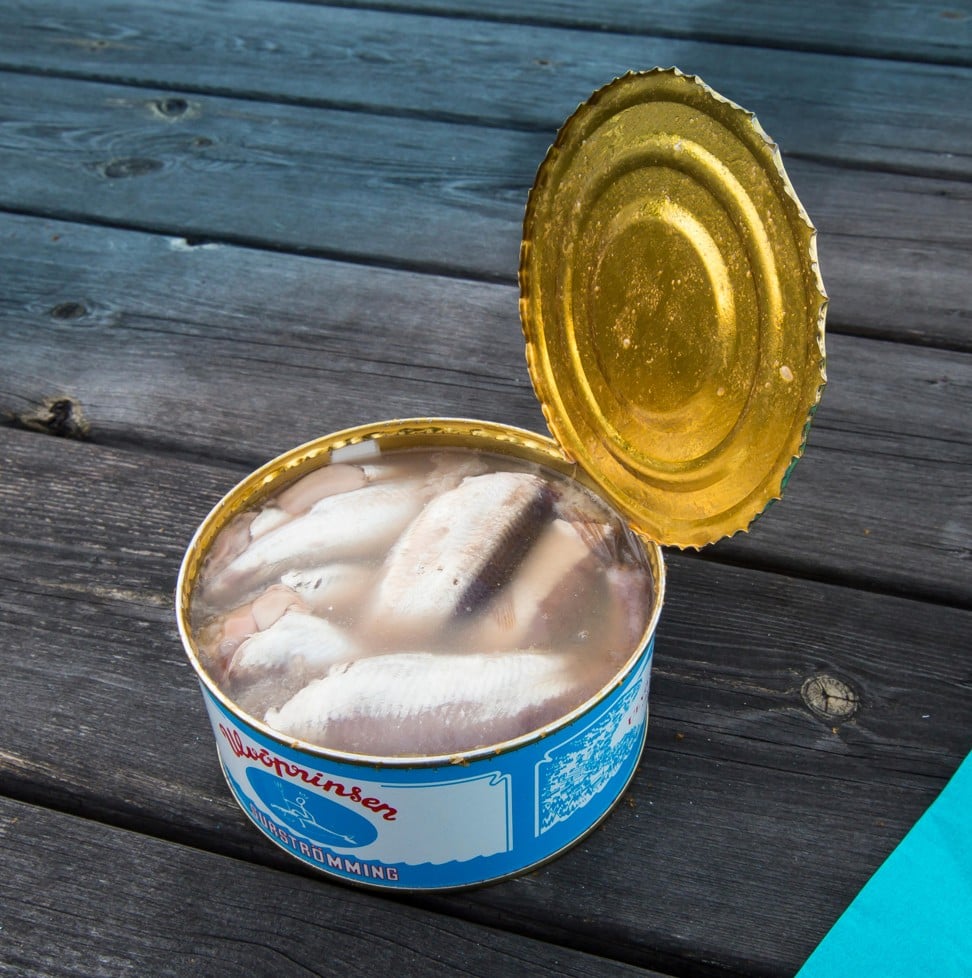
2. Fermented or rotten
The far northern countries of Europe and America seem to share a love of fermented, and even rotten, fish.

Canadian stink heads
These are the heads of king salmon that have been buried in the ground for a few weeks. When they are dug up, the flesh has decayed to mush. This dish has been associated with cases of botulism.

Hakarl
Iceland has its own rotten fish dish. For this they use Greenland shark. The shark meat is poisonous when fresh, so they gut and behead the fish and bury it for six to 12 weeks in sand and gravel with rocks pressing on the meat to help remove liquids. Then it is exhumed, cut into strips and hung to dry for several more months. The overarching smell of ammonia makes most first-time triers gag.
Surstromming
This is Sweden’s funky fish treat. Baltic herring is fermented in a tin with just enough salt to prevent it rotting. The resulting delicacy is normally eaten outdoors and some even puncture the can underwater to avoid the pungent juice spraying over their clothes.
3. Mould, mites and maggots
Mouldy food is often thrown away because it is unsightly and can be dangerous. Sometimes, however, it is considered a delicacy.

There are thousands of varieties of cheeses which have mould as an essential ingredient. From the blue-veined Stilton to white-mould-coated Brie and Camembert, the use of mould makes quite a few squeamish about eating cheese. It has become more accepted around the world, but there are still a few that have shock value.
French Mimolette, for example, can’t be made without an infestation of cheese mites.
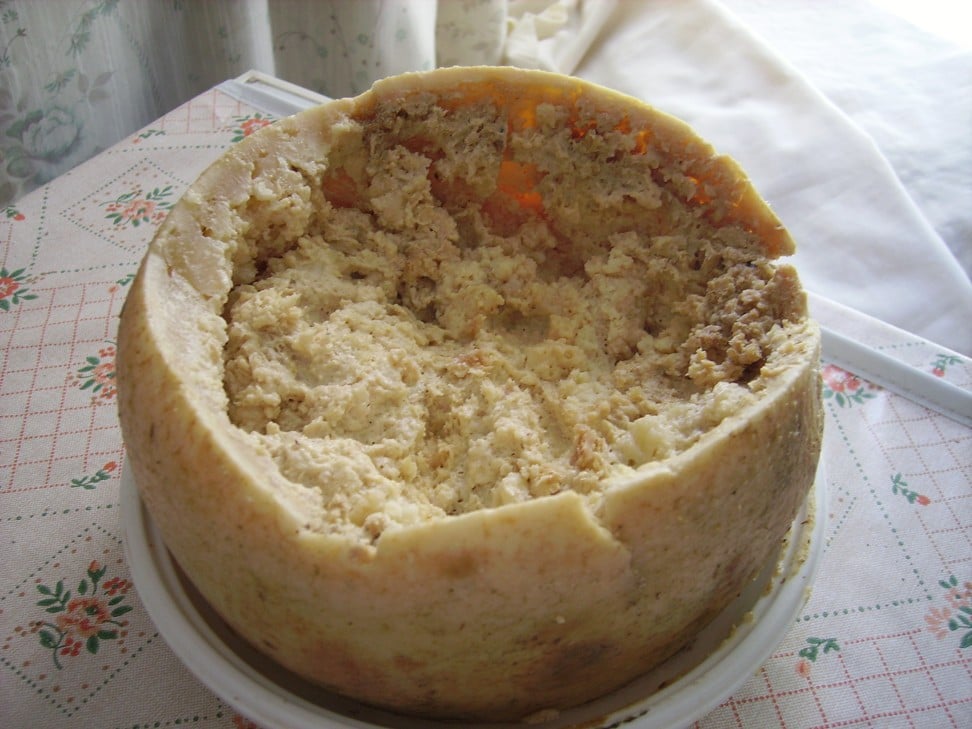
Then there is Casu marzu. This illegal dairy product – yes, it is against EU law to produce this cheese because of health concerns – is a sheep’s cheese (pecorino) that has been infested with cheese fly larvae which break down the cheese fats, rendering it almost liquid.
Food for thought: would you eat insect pasta for food sustainability?
There are different versions, all based around Sardinia or Corsica. Apparently when you eat the cheese, the maggots wriggle off it to escape.
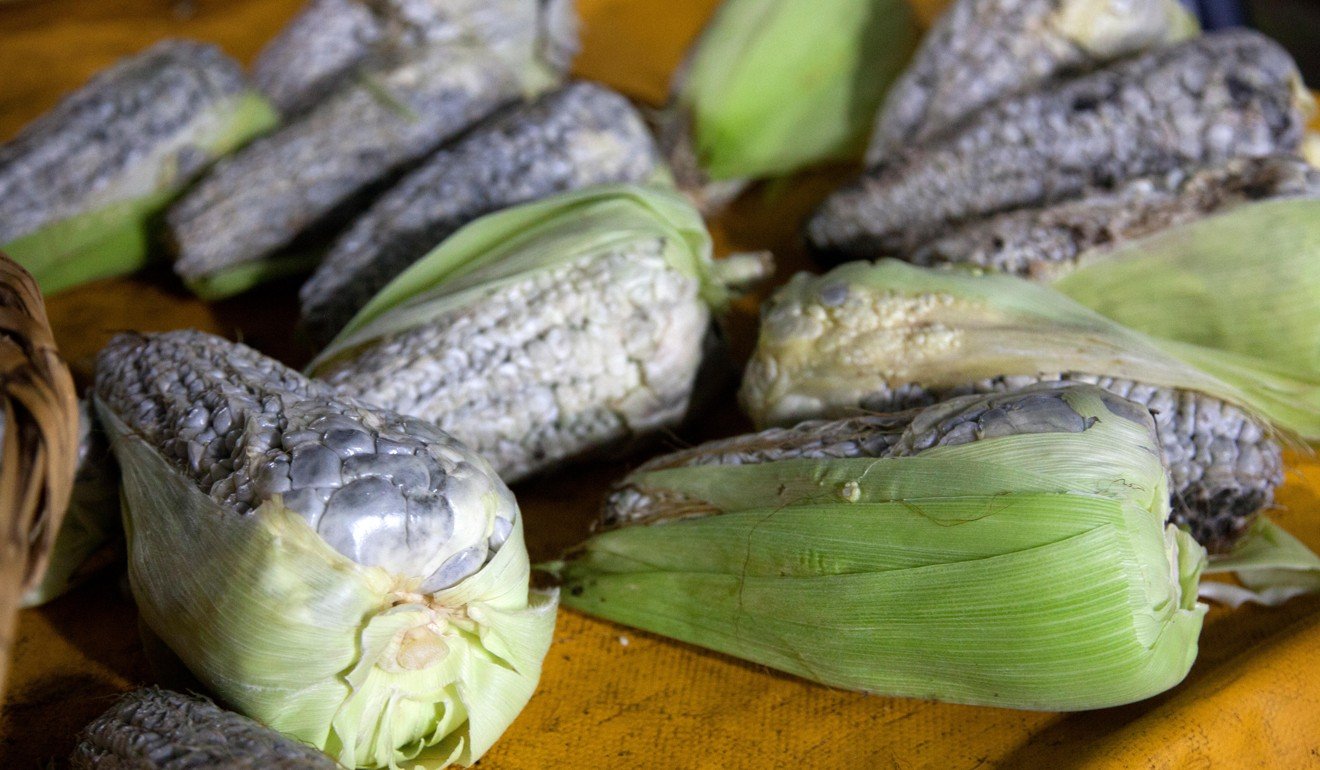
Huitlacoche
This one even vegans can eat. Considered a delicacy in Mexico, huitlacoche is created when a fungal infection of corn turns kernels into tumours with blue-black spores. The resulting flavour is musty and earthy. It is sometimes known as “sleeping excrement”.
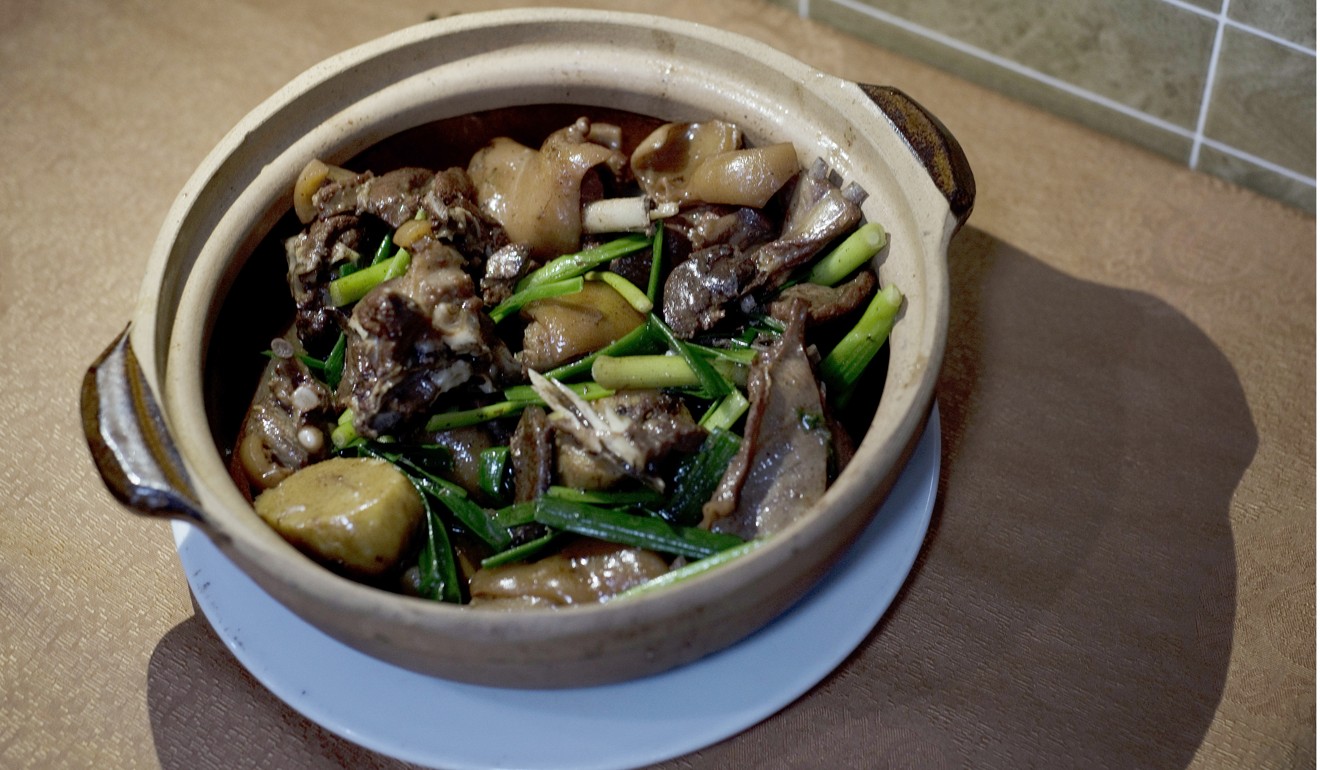
4. Pets and other animals
Whether some animals are good to eat and others are not is mostly a subjective argument. But some creatures are potentially toxic to eat – the Japanese dish fugu is an obvious example, while some animals’ livers (polar bear, moose, walrus) contain high levels of vitamin A that can be lethal to humans.
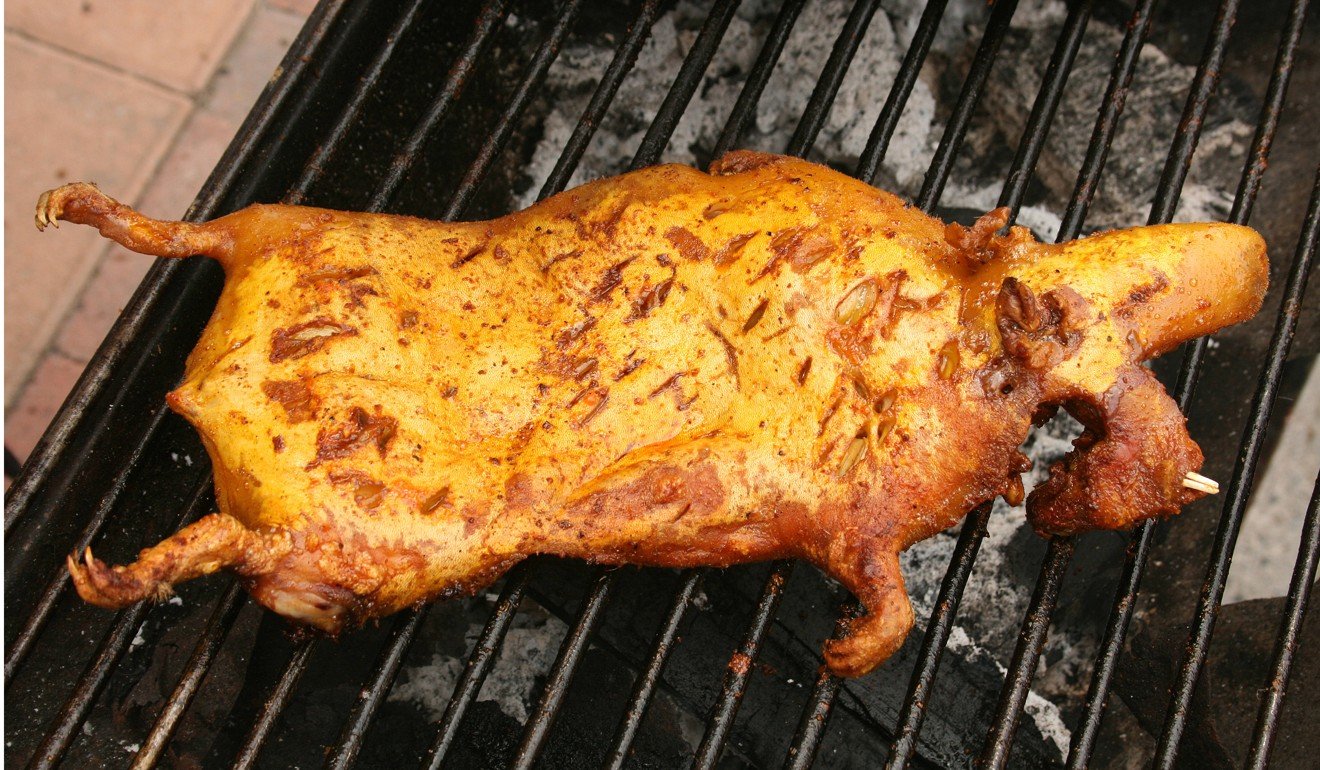
Many would shudder at the thought of eating their pets, but cat, dog and guinea pig can be found on menus in various parts of the world. Rabbit is also a popular meat across the planet. Other animals are thought of as more exotic.
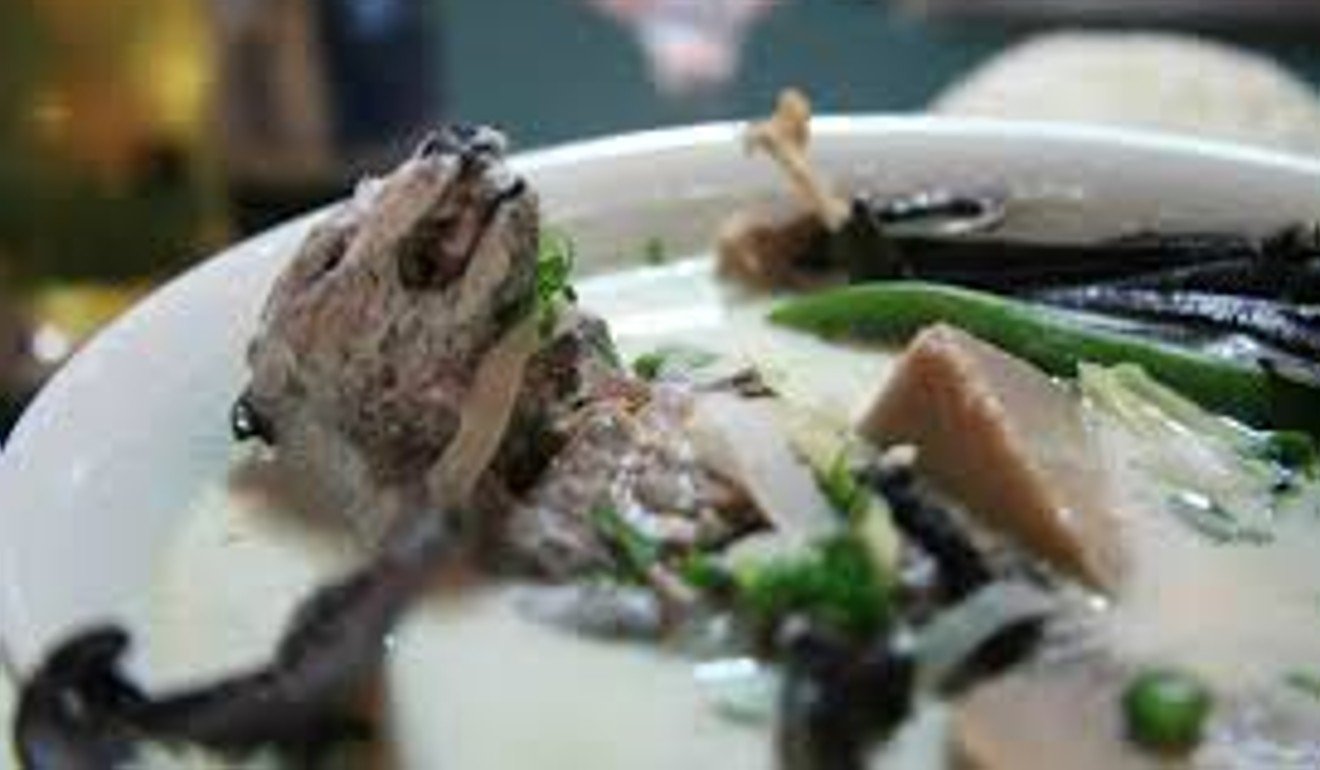
Bat
Described as tasting like (you guessed it) chicken, bat is low in fat and high in protein. Fruit bats are popular in soups, stews and curries around the Pacific Rim. During cooking, some bats give off a strong odour that is similar to urine. In Thailand, bats are boiled alive in water with spices and mashed to make a paste.

Baby mice wine
Supposed to be good for treating asthma, this drink is made by drowning baby mice in alcohol. The mice must be younger than three days, have unopened eyes and be hairless. The resulting drink has been compared to petrol.
Whale
Muktuk is a dish from Greenland made from whale skin and blubber. It is extremely chewy.
Whale meat is said to contain high amounts of mercury and other toxins.

5. Odd body parts and organs
Offal is usually less popular than flesh, and is considered a cheaper alternative to meat.
Bull’s penis
Bull penis is a delicacy in many parts of the world and can be grilled, fried or served in a soup. Some believe it is an aphrodisiac. It is supposed to taste like fat and has been compared to overcooked squid in texture. Variations include buffalo and yak penis.
Bulls’ testicles
Rocky mountain oysters or prairie oysters are an American delicacy made from bulls’ testicles. They are known as huevos de toro (bulls’ eggs) in Latin America, “ox treasures” in China, and in Greece you must ask for “unmentionables”.

Jellied moose nose
This is a North American dish that involves shaved moose noses that have been boiled down. The strips of meat are layered and covered in the broth, then put in a mould and chilled.
Kentucky squirrel brains
This delicacy waned in popularity after a health warning from doctors about a mad-cow-like disease that can be contracted from eating squirrel brains. Squirrel is popular in the US state and eaten two different ways: either the meat is served in a stew known as burgoo, or the brains are scooped out and eaten.
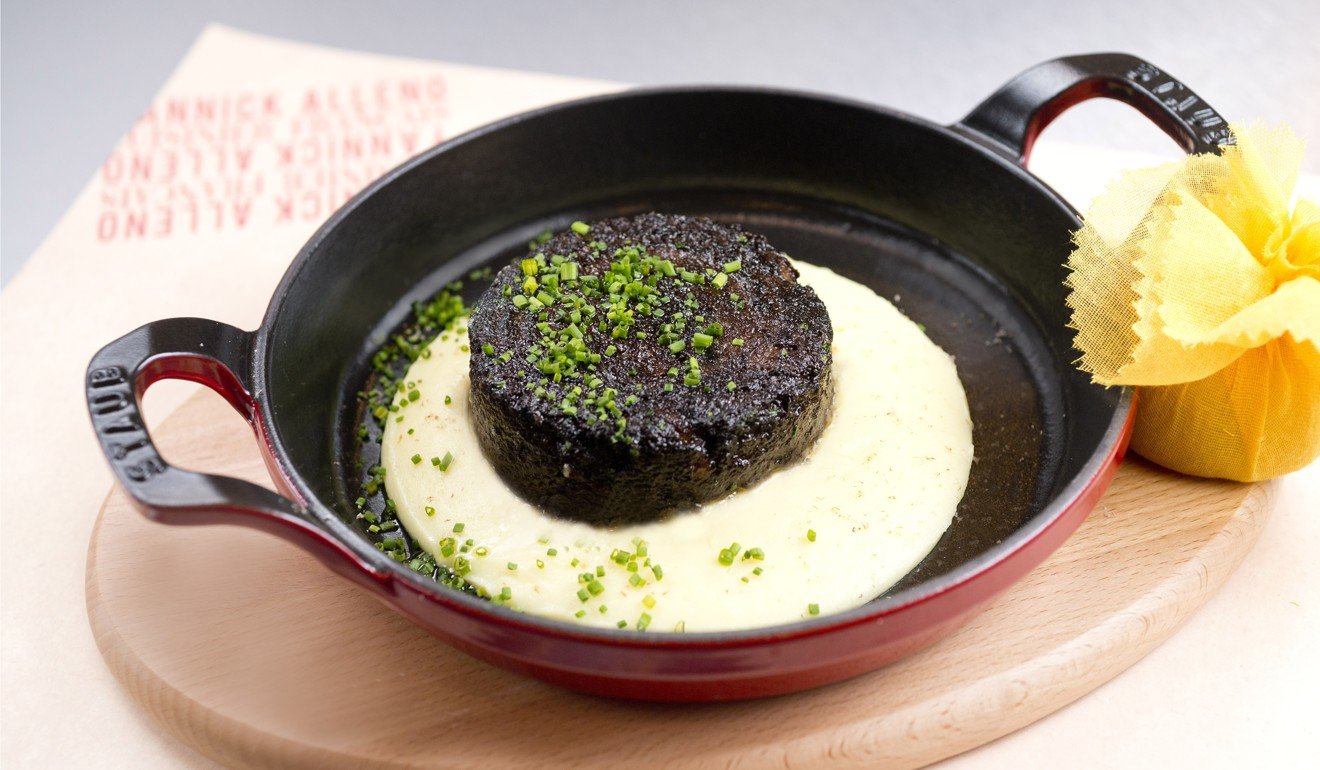
6. Blood products
Blood is a taboo food in parts of the world, but in others you can feast on endless varieties of blood sausage including black pudding, blutwurst, kishka, moronga, boudin and mustamakkara. Blood can be mixed with cereal and seasonings to make black pudding, while Blodplattar are Scandinavian blood pancakes. Blood curds or solidified blood dishes are another common dish found in Vietnam, Hungary, Tibet, Thailand, China and Korea.
7. Weird vegan food
Most of the dishes in this piece involve animals or fish. But even vegan food can be off-putting to some.

Marmite/Vegemite
Made from yeast extract, a by-product of the beer-brewing process, this spread is loved in the UK, Australia and New Zealand and almost universally detested otherwise. Packed with vitamin B12 and popularised as a cheap food during the first world war, it has a pungent smell and a strong taste variously described as industrial, salty, disgusting and similar to soy sauce.

Stinky tofu
This Chinese dish is usually served outdoors in night markets or street stalls. It is basically a tofu that is fermented in brine for months. The smell has been likened to blue cheese, rotten garbage and smelly feet. The colour can vary from golden to black. It has been found to contain 39 volatile compounds.
Hong Kong’s Dried Seafood Street demystified
Stinky tofu is generally served deep-fried with a chilli or sweet sauce, but can be found in hot pots and is barbecued in Taiwan.

Durian
Much has been written about the king of fruits that is either loved or hated with a similar passion to Marmite and Vegemite. It remains the only fruit to be banned from public transport and some hotels because of its odour.


